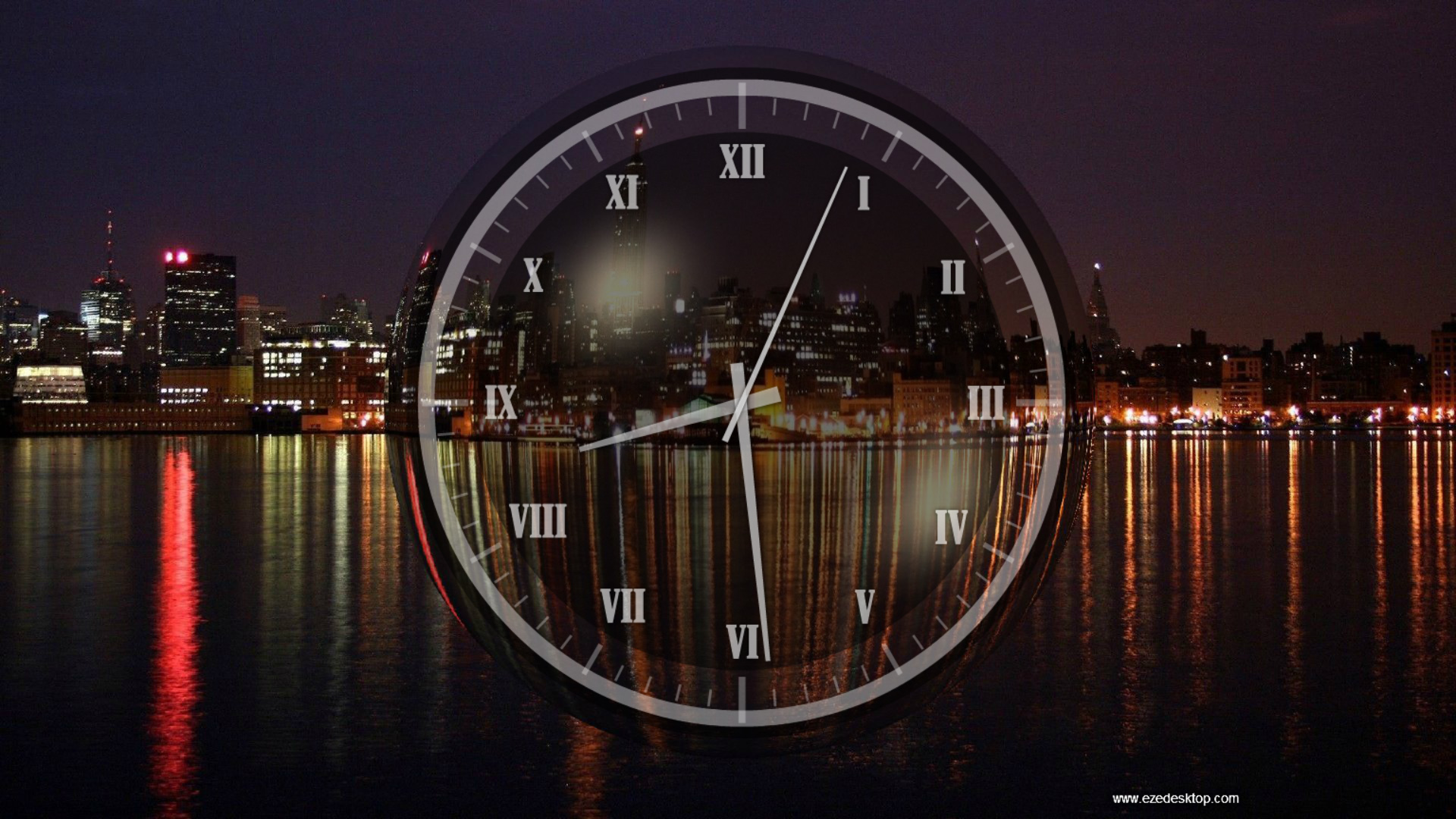

dot clock when you configure a video card to work with X.Org X11 (the X Window.
#XWINDOW DCLOCK COLORS WINDOWS#
In Windows 1.x and 2.x, the clock only had an analogue option, with a digital option being introduced in Windows 3.0.

In Windows 95 and NT 4.0 onward, it was replaced with the taskbar clock. It allows for the time and date to be displayed in a window. No matter which color you see, tapping the time will take you directly to the app causing the color change so you can quickly see what’s going on. The number of colors and the display resolution supported by a video card. The Windows Clock was a program included in Windows 1.x, Windows 2.x, Windows 3.x, and Windows NT 3.x. But this color can also signal that your device is actively providing a Personal Hotspot or mirroring the screen to another display. Most commonly, this color means that an app is actively using your location – you can test the theory by opening the Maps app and watching the clock. If you spot a red background on the system clock, it means you’re currently recording audio or using the screen capture feature to take a video of the display.īlue is a little more complex, as it can refer to several different things. The application works in portrait and in landscape mode and will adjust to the screen size. Hang up, and you’ll notice the color instantly disappears. A simple digital clock with multiple configuration possibilities. Green is easy to explain – it simply means you’re currently connected to an audio or video call.


 0 kommentar(er)
0 kommentar(er)
